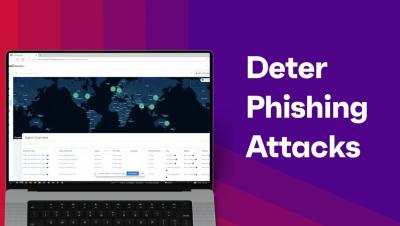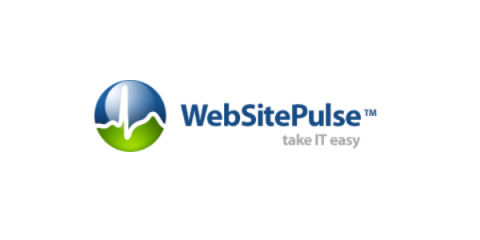Operations | Monitoring | ITSM | DevOps | Cloud
Security
The latest News and Information on CyberSecurity for Applications, Services and Infrastructure, and related technologies.
Follow These Smart Steps And Secure Protocols For Business Applications
How to Protect Vital Cloud Systems from Cyber Attacks
In today's digital era, cloud computing has become the backbone of numerous businesses. Cloud systems have become the go-to choice for many organizational needs thanks to advantages like unparalleled scalability, accessibility, and cost-effectiveness. Still, the rapid surge in cloud adoption has attracted the attention of cybercriminals. According to a report from Netwrix, 68% of organizations experienced at least one cyber attack incident in the past year.
How to Identify Your Organization's Attack Surface
Our glossary page on attack surfaces defined the terms associated with the concept. This post provides information that'll help your organization identify its attack surface. Much like your lawn after a good rain, your attack surface will grow rapidly if left unchecked. Along with increases in attack surface size comes an increase in cybersecurity risk. That risk can’t be eliminated as attack surfaces are always evolving, but it must be carefully managed.
Future-Proof Your Observability Strategy With CrowdStrike and Cribl
Traditional logging tools are struggling to keep up with the explosive pace of data growth. Data collection isn’t the most straightforward process — so deploying and configuring all the tools necessary to manage this growth is more difficult than ever, and navigating evolving logging and monitoring requirements only adds another layer of complexity to the situation.
Prepare your Website for Black Friday
In this video, we'll be discussing to find out more, visit: https://www.rapidspike.com/black-friday/
Important Situations Every Business Owner Should Be Aware Of
Implementing Backstage 2: Using the Core Features
This article is the second installment of the “Implementing Backstage” series and focuses on how to use Backstage’s core features. Backstage has an extensible plugin architecture in active development and large community support and offers simplified tool management, workflow optimization, and time-saving features. However, to reap these benefits, you need to know how to use Backstage’s core features, including its software catalog, templates, documentation, and search.











